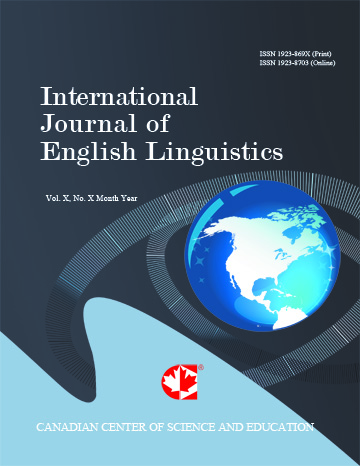Translation Challenges in Art Manifestos: Valerie Solanas’s SCUM Manifesto
- Katarzyna Nitka
Abstract
The genre of art manifestos occupies a distinct position within art writing due to the diversity of forms it encompasses and the inherent ambiguity of such texts. Manifestos are crafted to assert a particular stance and persuade others of its validity, presenting significant challenges in translation, as the translator’s primary task is to preserve their original impact. This article explores these challenges, aiming to identify key difficulties and propose practical solutions that may serve as general guidelines for translating manifestos and similarly context-dependent, emotionally charged texts. The study centers on a close analysis of a representative excerpt from Valerie Solanas’s SCUM Manifesto (1971) and its Polish translation, framed by a theoretical overview of the manifesto genre—its origins, characteristics, functions, and forms. The analysis demonstrates that successful manifesto translation requires not only linguistic precision but also a nuanced understanding of the text’s cultural, historical, and affective dimensions. Given the genre’s context-sensitive and often radical nature, such texts may be difficult for contemporary readers to fully grasp. As such, they benefit from accompanying interpretive frameworks that help preserve their rhetorical force and support reader engagement.
- Full Text:
 PDF
PDF
- DOI:10.5539/ijel.v15n4p101
Journal Metrics
Google-based Impact Factor (2021): 1.43
h-index (July 2022): 45
i10-index (July 2022): 283
h5-index (2017-2021): 25
h5-median (2017-2021): 37
Index
- Academic Journals Database
- ANVUR (Italian National Agency for the Evaluation of Universities and Research Institutes)
- CNKI Scholar
- CrossRef
- Excellence in Research for Australia (ERA)
- IBZ Online
- JournalTOCs
- Linguistic Bibliography
- Linguistics and Language Behavior Abstracts
- LOCKSS
- MIAR
- MLA International Bibliography
- PKP Open Archives Harvester
- Scilit
- Semantic Scholar
- SHERPA/RoMEO
- UCR Library
Contact
- Diana XuEditorial Assistant
- ijel@ccsenet.org
